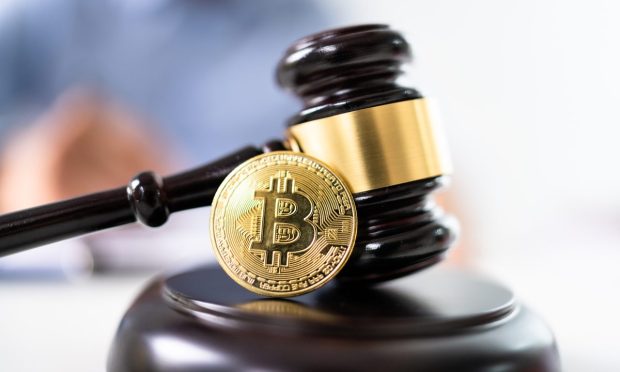Florida Jury Allows Self-Proclaimed Bitcoin Inventor to Keep Entire $50B Cache of Crypto

Self-proclaimed bitcoin creator Craig Wright does not have to pay the brother of his late partner, Dave Kleiman, half of a $50 billion bitcoin fortune, a court ruled Monday (Dec. 6).
Which many crypto skeptics say is a good thing since they have previously raised serious doubts that he has it.
Wright claims to be bitcoin inventor Satoshi Nakamoto, the anonymous computer scientist who invented bitcoin — and is therefore responsible for all of cryptocurrency and blockchain. In the early days of the bitcoin blockchain, when mining was cheap and easy, someone always assumed to Satoshi Nakamoto mined 1.1 million bitcoins, which have not been sold, traded or moved in any way since then.
Among the crypto community insiders who have questioned Wright’s claim is Blockstream CEO Adam Back, one of the first two people “Nakamoto” emailed when working on bitcoin. Wright sued Back (among others) for libel as a result, and ended up settling by paying Back’s legal costs.
But a potentially bigger issue is that the jury did award Ira Kleiman $100 million in unspecified intellectual property rights from a company they created. But if you dig down into it — and Wright really is Nakamoto — W&K Information Defense Research had one big piece of intellectual property: bitcoin itself. Wright claims that he owns that IP.
If Wright really does own bitcoin’s IP, he could (theoretically) have a fair degree of control over a lot of blockchains. Many, including Litecoin and Bitcoin Cash, are “forks” built on the foundation of the main bitcoin blockchain. Which could potentially spawn a whole new round of legal wrangling.
See also: PayPal Finalizes UK Crypto Trading With Litecoin, Ethereum Addition
As for the years-long trial, it’s worth noting that it went ahead on the legal assumption that Wright really was Nakamoto without attempting to prove it.
Who Are You?
Wright’s name first came up as Satoshi Nakamoto in a 2015 Wired article originally titled “Is Bitcoin’s Creator this Unknown Australian Genius?” The article’s title now has “Probably Not (Updated)” tacked onto the end.
It’s basically impossible to summarize the facts, twists and turns of Wright’s claims and the trial they spawned without writing a small book, but here’s the one key fact (pun intended):
It isn’t hard for anyone to theoretically prove very easily they are Nakamoto. All that’s required is to use one of the private key codes for any one of those million-plus bitcoins to make a transaction. Any transaction — even just sending one to yourself would do.
The way bitcoin and virtually all cryptocurrencies work is that there are two keys, one public and one private. A complete record of all transactions of the public key — when that bitcoin was mined, when and where it was transferred — is permanently written onto the blockchain and viewable by anyone. The private key is used to make a transaction — to send a bitcoin to another wallet address. When that happens, the private key is burned and a new one created for the new owner at the landing wallet.
Wright has given plenty of reasons why he did not and then could not do that, the most notable being that those private keys were encrypted with a “Shamir’s Secret Sharing” scheme, which divides a password into a number of “key slices,” and he didn’t have them all. And they would only be returned to him by a mysterious “bonded courier” on Jan. 1, 2020.
The date came and went, and Wright turned over a document Kleiman’s lawyers complained was just a list of bitcoin addresses.
So, the trial went on without it.
